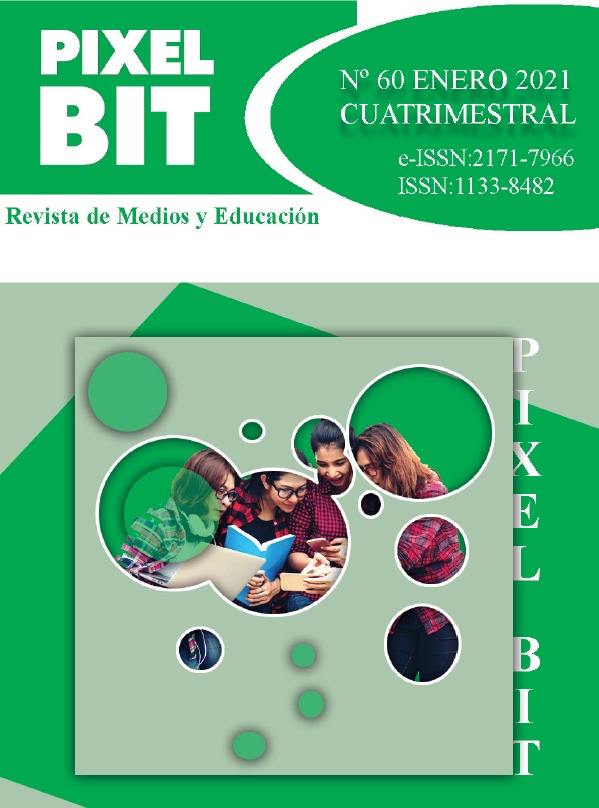Resumen
We aim to rethink personal digital storytelling in light of new forms of communication that have emerged on social networks, as well as to analyse the core value of image in all of them. Three specific objectives are proposed: i) to know the habits and practices of young people in relation to the publication of digital (and other) narratives in social networks, ii) to identify profiles and types of young publishers, iii) to characterize the differentiating elements between the types of young publishers. For this purpose, we have designed a questionnaire on young people’s social network posting practices. The sample corresponds to 835 young people between 12 and 22 years old from Ibero-American countries (Spain, Chile and Colombia). Our analysis of the results of the questionnaire shows certain differences according to age, country and gender, along with several significant similarities. The respondents have been classified according to posting frequency and type of posts. Last of all, we make some considerations on how to incorporate the results of the questionnaire in the training methodology of personal digital storytelling.

